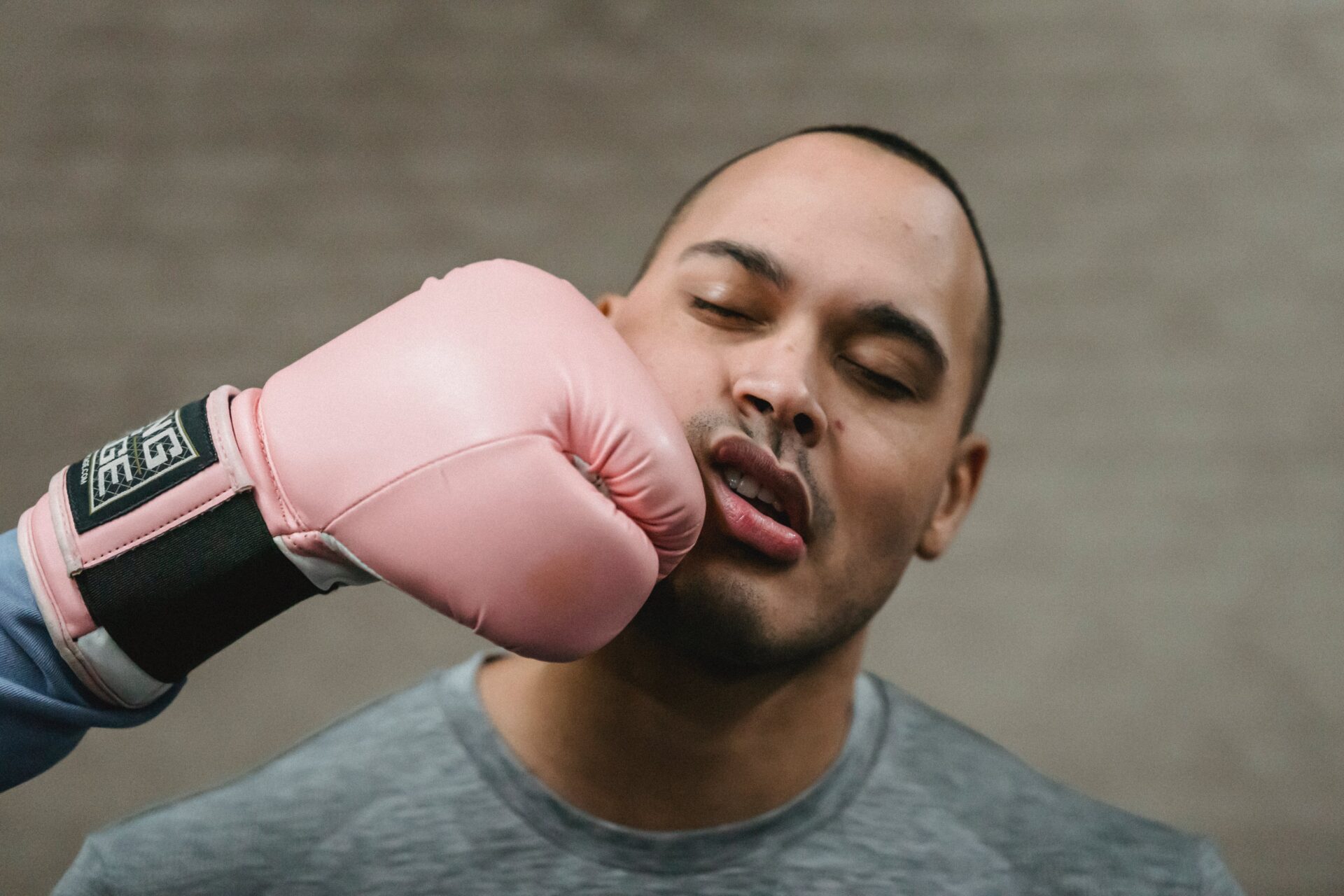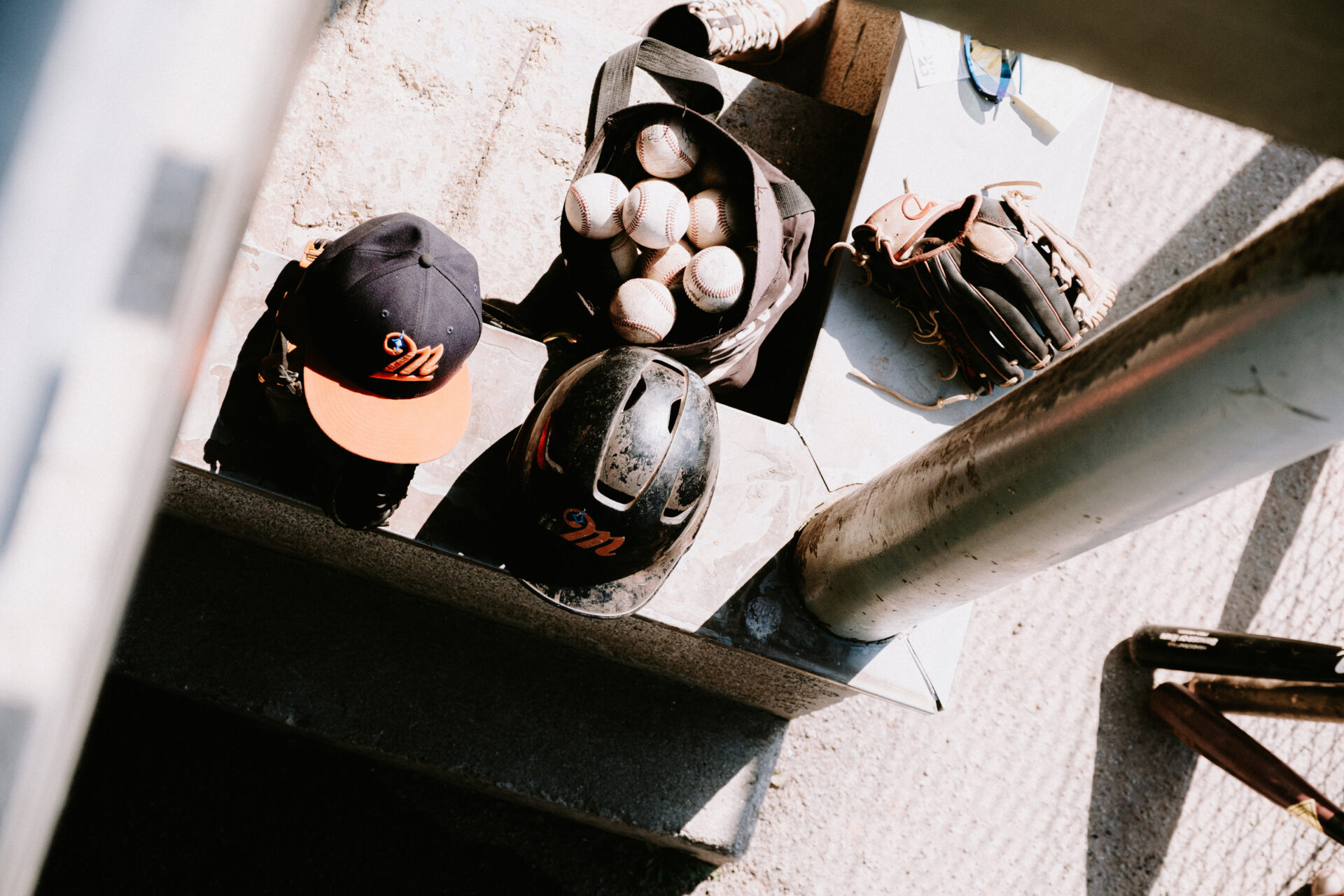Sustainability and Ball Design: A Greener Future
In today’s rapidly changing world, the importance of sustainability in every aspect of our lives is becoming more evident. From industries to everyday products, the need to minimize our carbon footprint and adopt eco-friendly practices is crucial for the well-being of our planet. When it comes to recreational activities like sports, one might not immediately think of the environmental impact. However, even seemingly small choices, such as the design of sports equipment, can have a significant influence. This holds particularly true for the world of ball design, where innovations are paving the way for a greener future.
When we think of balls, we typically picture objects used in various sports and recreational activities. However, the design and manufacturing processes behind these seemingly simple objects can have complex implications for sustainability. Traditionally, ball production relied heavily on non-renewable resources, such as synthetic materials and harmful chemicals. However, with the growing awareness of environmental issues, ball manufacturers are now seeking to adopt greener practices and materials. This shift in ball design not only benefits the environment but also offers unique features and advantages in terms of performance. By exploring sustainable ball design, we can uncover the potential for a greener and more enjoyable playing experience.
In the upcoming segments of this article, we will delve into the key takeaways surrounding sustainability in ball design. We will discuss the implications of sustainable practices on performance and durability, as well as the use of recycled or organic materials in the manufacturing process. Additionally, we will explore the role of technological advancements in ball design and their potential to revolutionize the industry. By understanding the impact of sustainability on ball design, we can recognize the importance of our choices and contribute to a greener future both on and off the playing field.
Key Takeaways
1. The traditional materials used in ball manufacturing, such as leather and synthetic materials, have significant environmental impacts due to carbon emissions, resource depletion, and toxic waste generation.
2. Leading companies are researching and developing sustainable alternatives for ball production, including innovative materials derived from natural sources like plants and algae, reducing their carbon footprint and environmental harm.
3. Innovative manufacturing techniques, such as 3D printing and biodegradable materials, offer promising solutions for creating more sustainable and customizable sports balls, reducing waste and improving performance.
4. Collaboration between stakeholders, including manufacturers, suppliers, consumers, and organizations, is crucial in creating a greener future for ball design, promoting the implementation of sustainable practices throughout the entire production and disposal process.
5. Consumers play a vital role in driving sustainability in ball design by demanding eco-friendly alternatives, supporting brands that prioritize sustainability, and properly disposing of old or damaged balls to minimize environmental impact.
How can Ball Design Contribute to a Greener Future and Sustainability?
What is Sustainability in Ball Design?
Sustainability in ball design refers to the development and production of sports balls with a focus on minimizing environmental impact and promoting responsible manufacturing processes. It involves considering the entire lifecycle of a ball, from sourcing of raw materials to disposal, and striving to reduce carbon emissions, waste generation, and energy consumption throughout the process.
The Importance of Sustainable Ball Design
Sustainable ball design plays a crucial role in creating a greener future for our planet. It addresses the environmental concerns associated with traditional ball manufacturing techniques and materials, such as non-renewable resources, harmful chemicals, and excessive waste. By embracing sustainability, ball manufacturers can contribute to preserving natural resources, reducing carbon footprint, and promoting a circular economy.
Sustainable Materials for Ball Design
Utilizing sustainable materials is a key aspect of greener ball design. Manufacturers are exploring alternatives to conventional materials like synthetic leather, PVC, and rubber that have significant environmental impacts during production and disposal. Bio-based materials, recycled plastics, and organic fabrics emerge as sustainable options for creating eco-friendly sports balls that perform well and have a lower carbon footprint.
Innovations in Sustainable Ball Manufacturing
Sustainable ball design requires continuous innovation in manufacturing processes. Techniques like 3D printing enable the production of customized balls while reducing material waste. Additionally, manufacturers are exploring energy-efficient production methods and employing renewable energy sources to power their facilities. Collaborations between research institutions and ball manufacturers play a pivotal role in developing cutting-edge techniques that prioritize sustainability.
Extending Ball Lifespan through Durability
Prolonging the lifespan of sports balls is another pillar of sustainable ball design. By enhancing their durability and resistance to wear and tear, manufacturers can reduce the frequency of ball replacements. This not only minimizes waste but also ensures a more sustainable use of resources and reduces the environmental impact associated with manufacturing new balls.
Collaborative Efforts for Sustainable Ball Design
Embracing sustainability requires collective action from all stakeholders involved in ball design, including manufacturers, athletes, sports organizations, and consumers. Collaboration is essential to drive innovation, share best practices, and collectively address the challenges associated with creating a greener future through sustainable ball design. By working together, we can achieve significant progress in reducing the environmental footprint of sports balls.
How Can You Make a Difference? 5 Tips for a Greener Ball Experience
1. Consider purchasing sports balls made from sustainable materials, such as bio-based or recycled options.
2. Opt for quality and durable balls to ensure they last longer and reduce the need for frequent replacements.
3. Dispose of old or worn-out balls responsibly by recycling them or donating them to organizations that refurbish sports equipment.
4. Support sports brands and manufacturers that prioritize sustainability and actively work towards greener ball design.
5. Spread awareness among fellow athletes and sports enthusiasts about the importance of sustainable ball design and encourage them to make eco-friendly choices.
Frequently Asked Questions
1. How does ball design impact sustainability?
Ball design plays a crucial role in sustainability as it determines the materials used, energy consumption during production, and the ball’s lifespan. Innovative designs that prioritize eco-friendly materials and manufacturing processes can significantly reduce the environmental impact associated with ball production.
2. What are some eco-friendly materials used in ball design?
Several eco-friendly materials are utilized in sustainable ball design, including natural rubber, recycled plastics, and biodegradable materials. These materials not only offer excellent performance but also reduce reliance on non-renewable resources and minimize waste generation.
3. Are sustainable balls as durable as traditional ones?
Yes! Sustainable balls are designed to provide the same level of durability and performance as their conventional counterparts. Manufacturers prioritize finding a balance between sustainability and functionality, ensuring that the eco-friendly materials used do not compromise the ball’s quality and longevity.
4. Can sustainable balls be recycled after use?
Yes, many sustainable balls are recyclable. By incorporating recyclable materials into their design, these balls can be given a new life cycle rather than ending up in landfills. Manufacturers often provide guidelines for proper disposal, allowing users to contribute to a greener future through responsible recycling.
5. How does the cost of sustainable balls compare to traditional ones?
The cost of sustainable balls may vary depending on factors such as the brand, materials used, and production processes. While some sustainable balls may be priced similarly to traditional options, others might have a slightly higher cost due to the use of eco-friendly materials and sustainable practices. However, considering the long-term benefits they offer, such as reducing environmental impact, the investment in sustainable balls can be worthwhile.
6. Are there any performance differences between sustainable and traditional balls?
Sustainable balls are engineered to deliver comparable performance to traditional balls. Extensive research and development ensure that eco-friendly materials do not compromise the ball’s performance characteristics, such as bounce, grip, or flight. Athletes can rely on sustainable balls to perform at their best while contributing to a greener future.
7. Is sustainable ball design limited to specific sports?
No, sustainable ball design is not limited to specific sports. Manufacturers across various sports industries are striving to incorporate sustainable practices and materials into their ball designs. From soccer and basketball to tennis and golf, sustainable ball options are becoming increasingly available, allowing athletes in different disciplines to embrace eco-conscious choices.
8. Can sustainable balls withstand different weather conditions?
Absolutely! Sustainable balls undergo rigorous testing to ensure they can withstand various weather conditions. Whether it’s extreme heat, heavy rain, or cold temperatures, sustainable ball design considers the need for durability and performance in all weather scenarios, ensuring athletes can enjoy their sport regardless of the environment.
9. How can I contribute to a greener future through ball design?
By choosing sustainable balls, you are already making a significant contribution to a greener future. Additionally, spreading awareness about the importance of eco-friendly ball design, recycling used balls properly, and supporting brands committed to sustainability can further promote a greener sporting community and encourage others to follow suit.
10. Are there any certifications or labels I should look for when purchasing sustainable balls?
Yes, when purchasing sustainable balls, look for certifications or labels like “recyclable,” “made from recycled materials,” or logos associated with sustainable manufacturing practices. These indicators verify the ball’s eco-friendly attributes and provide assurance that you are making a sustainable choice.
Final Thoughts: A Greener Future with Sustainable Ball Design
Sustainability and ball design are no longer mutually exclusive concepts. With advancements in technology and growing awareness, we are witnessing a shift towards a greener future in sports. The integration of sustainable materials, manufacturing practices, and increasing availability of eco-friendly ball options are paving the way for a more environmentally conscious sporting community.
By opting for sustainable balls, athletes and sports enthusiasts can actively participate in reducing their ecological footprint. Each purchase is an opportunity to support manufacturers committed to sustainability and promote the use of eco-friendly materials. Embracing sustainable ball design not only benefits the environment but also ensures the advancement of sports in alignment with our planet’s well-being. Together, we can create a greener playing field for generations to come.




